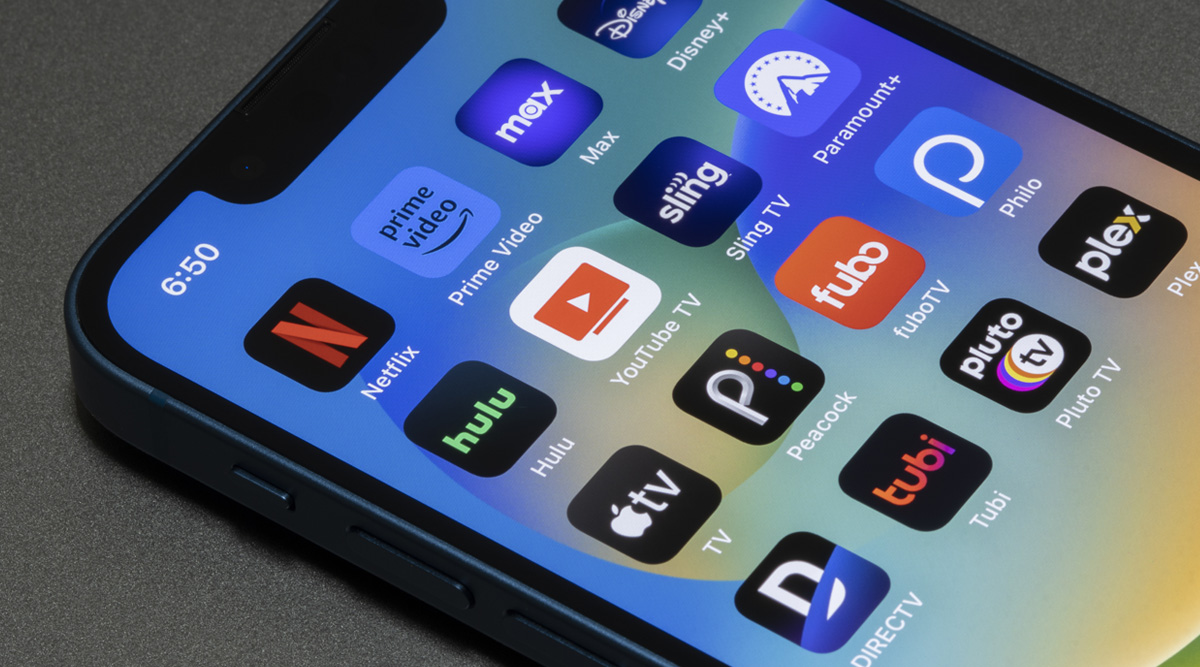Bundling strategies expand streaming platforms’ reach and accessibility

Subscribe to NewscastStudio for the latest news, project case studies and product announcements in broadcast technology, creative design and engineering delivered to your inbox.
As streaming platforms compete for subscribers, bundling strategies with telecommunications providers, financial institutions and other streaming services have emerged as key tools for market expansion and user acquisition.
Currently, 26 percent of global streaming platforms utilize bundling partnerships according to data from BB Media, a Fabric company.
The regions of Latin America and Europe, the Middle East and Africa account for the majority of these deals, representing 39 percent and 38 percent of the total respectively. Asia-Pacific follows with 14 percent, while the United States and Canada represent 9 percent.
Max holds the highest number of active bundling agreements at more than 180. Netflix follows with over 130 partnerships, or 17 percent of total bundles. Disney+ and Prime Video report 80-plus and 70-plus partnerships, accounting for 12 percent and 10 percent, respectively.
Most bundling strategies — 77 percent — are formed through partnerships with telecommunications companies, noted BB Media.
Providers including Claro, Verizon, Dish and Sky have active agreements with multiple streaming platforms, facilitating broader distribution through integrated offerings. Non-telco bundling models remain limited in comparison.
Partnerships between streaming services represent 6 percent of bundles, such as agreements between Paramount+ and Hulu. Financial services collaborations account for 5 percent, such as Disney+ and American Express. Additional bundle types involving benefit cards, educational institutions and electronics brands represent a smaller market share.
Regional services also employ bundling to expand their presence. Viu has bundle deals in six Asia-Pacific countries, Viaplay operates bundles in three European countries, Teatrix has partnerships in 20 Latin American countries, and Crave has established bundling within the U.S. and Canada.
Beyond subscriber growth, bundling also supports content expansion. Prime Video offers more than 900 content add-on plans globally, allowing integration of external libraries including those from Max, Paramount+ and Mubi. More than 218,000 titles available on Prime Video come from such agreements.
Bundles vary in benefits. In some instances, the value lies in content consolidation rather than price reductions. For example, a Prime Video and Max bundle in the United States costs the same as a standalone Max subscription, but provides access through a single platform. In other cases, bundling provides cost savings — Prime Video’s combined offer with Max and Starz costs $29.98 per month, compared with $36.97 if purchased separately.
Device usage patterns also influence bundling strategies. Smartphone viewership dominates in Asia-Pacific at 72 percent, while Smart TVs are most common in the United States and Canada (64 percent), Europe, the Middle East and Africa (56 percent), and Latin America (51 percent). As a result, streaming platforms are increasingly partnering with Smart TV manufacturers to pre-install services or offer trial access, particularly in regions favoring large-screen consumption.
Subscribe to NewscastStudio for the latest news, project case studies and product announcements in broadcast technology, creative design and engineering delivered to your inbox.




tags
Amazon Prime Video, BB Media, Disney Plus, Fabric, max, Netflix
categories
Featured, Market Research Reports & Industry Analysis, Streaming